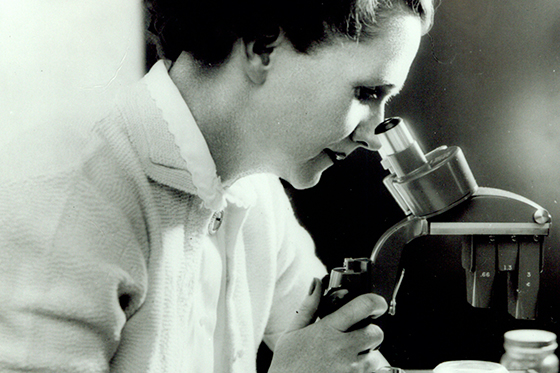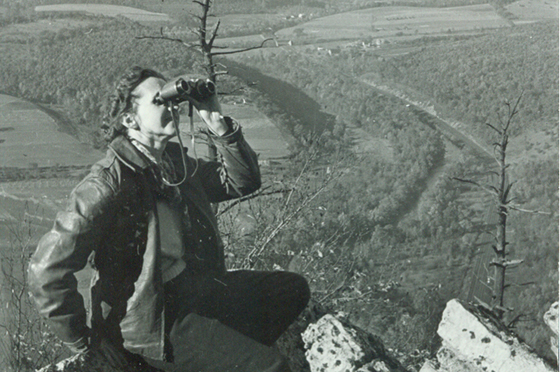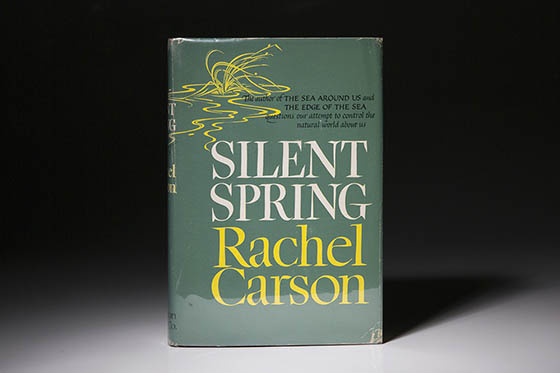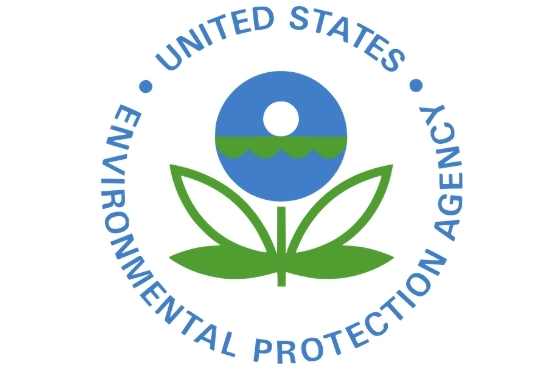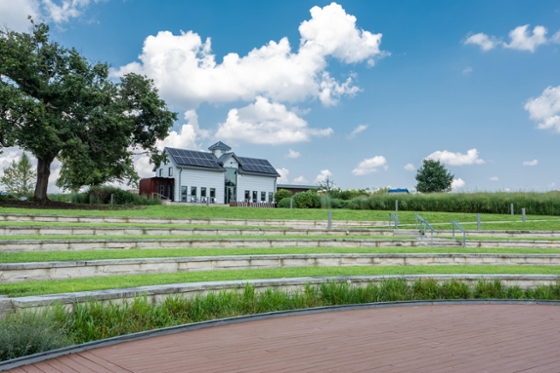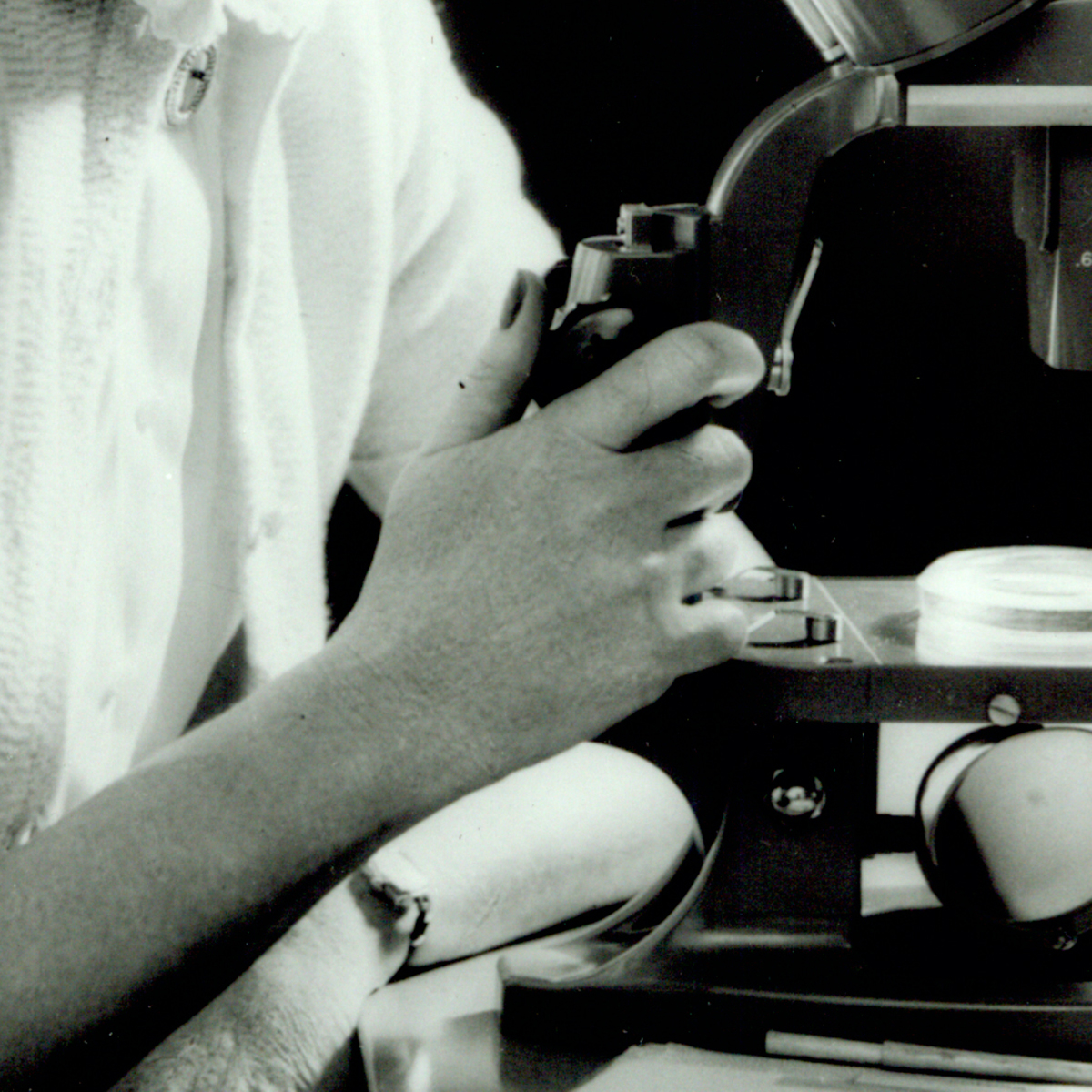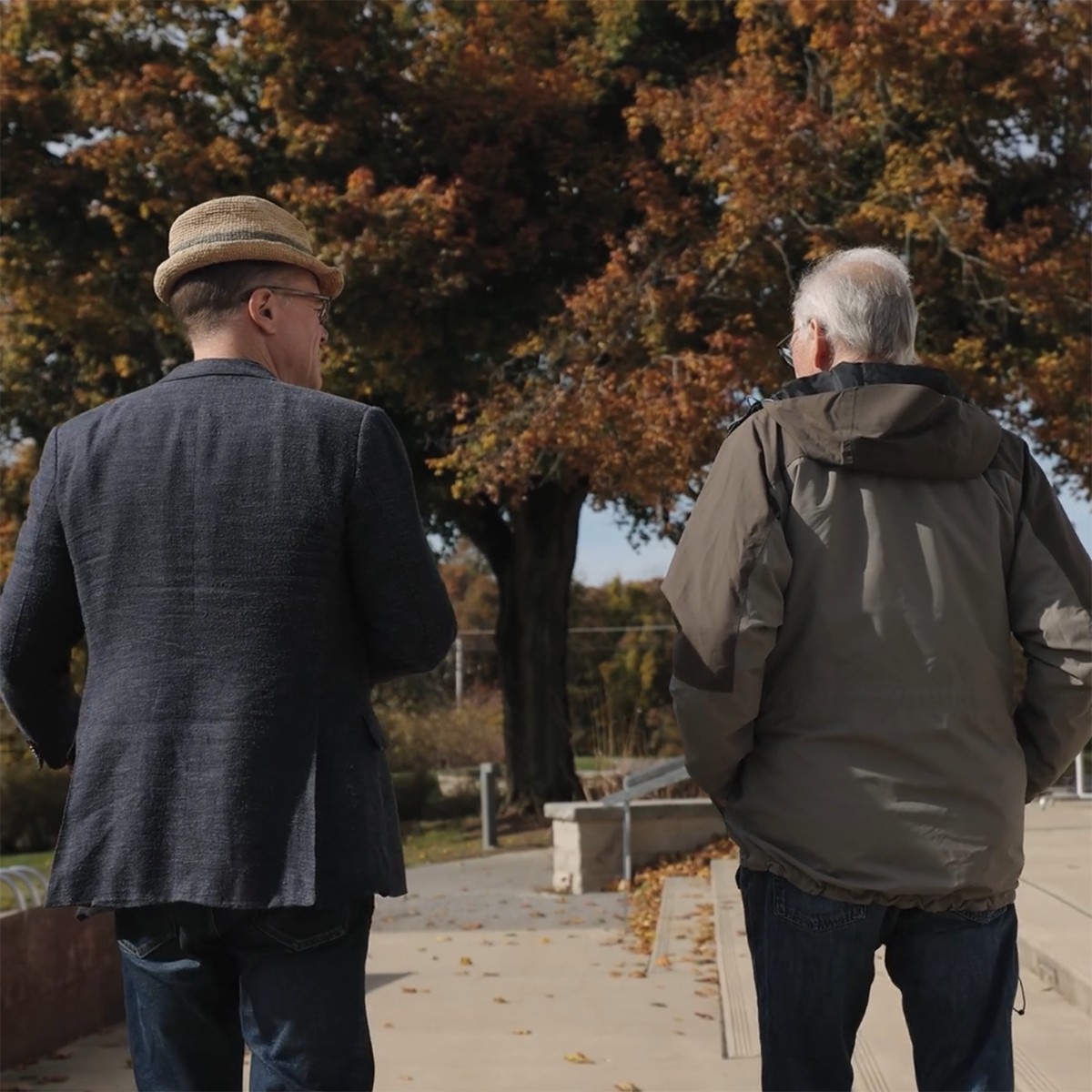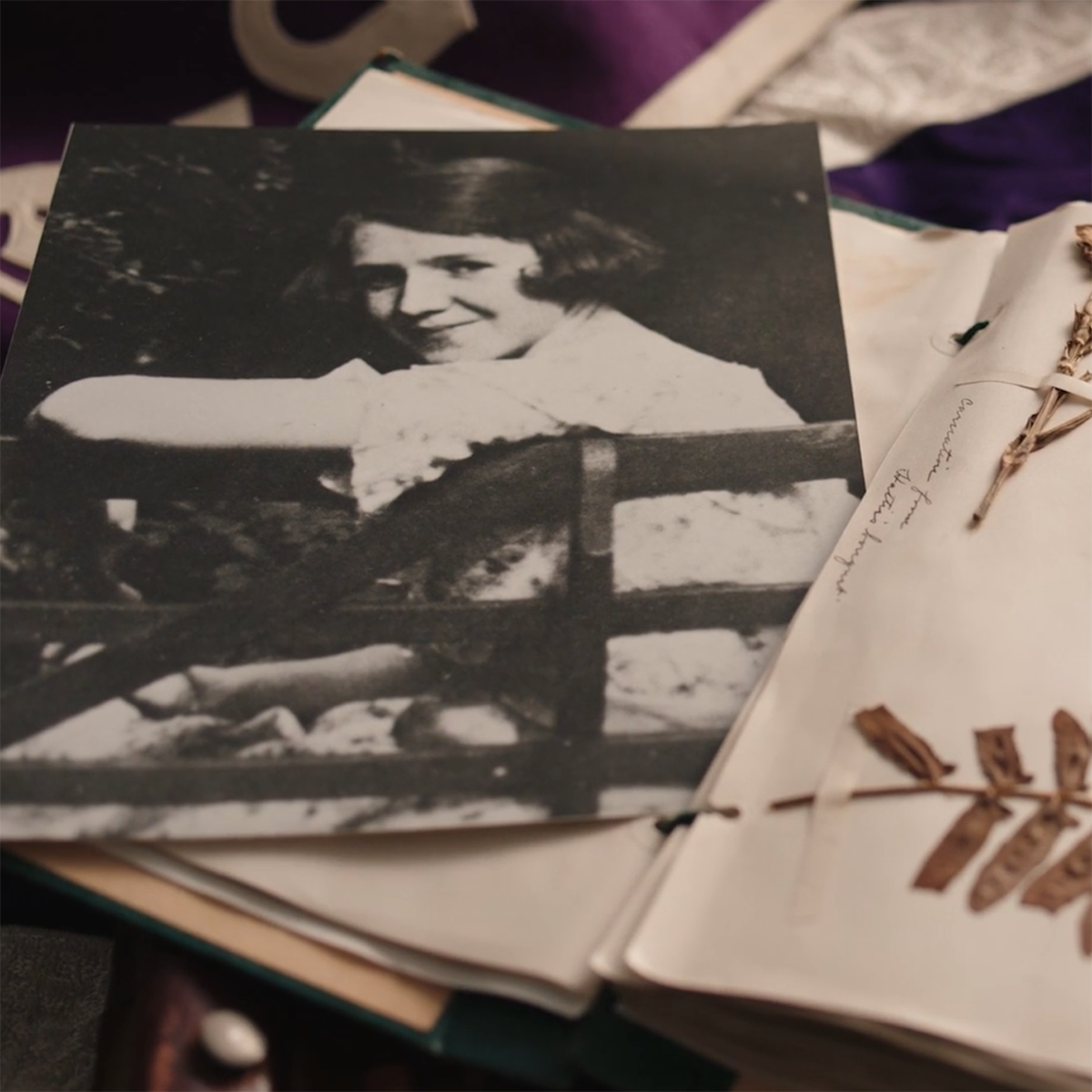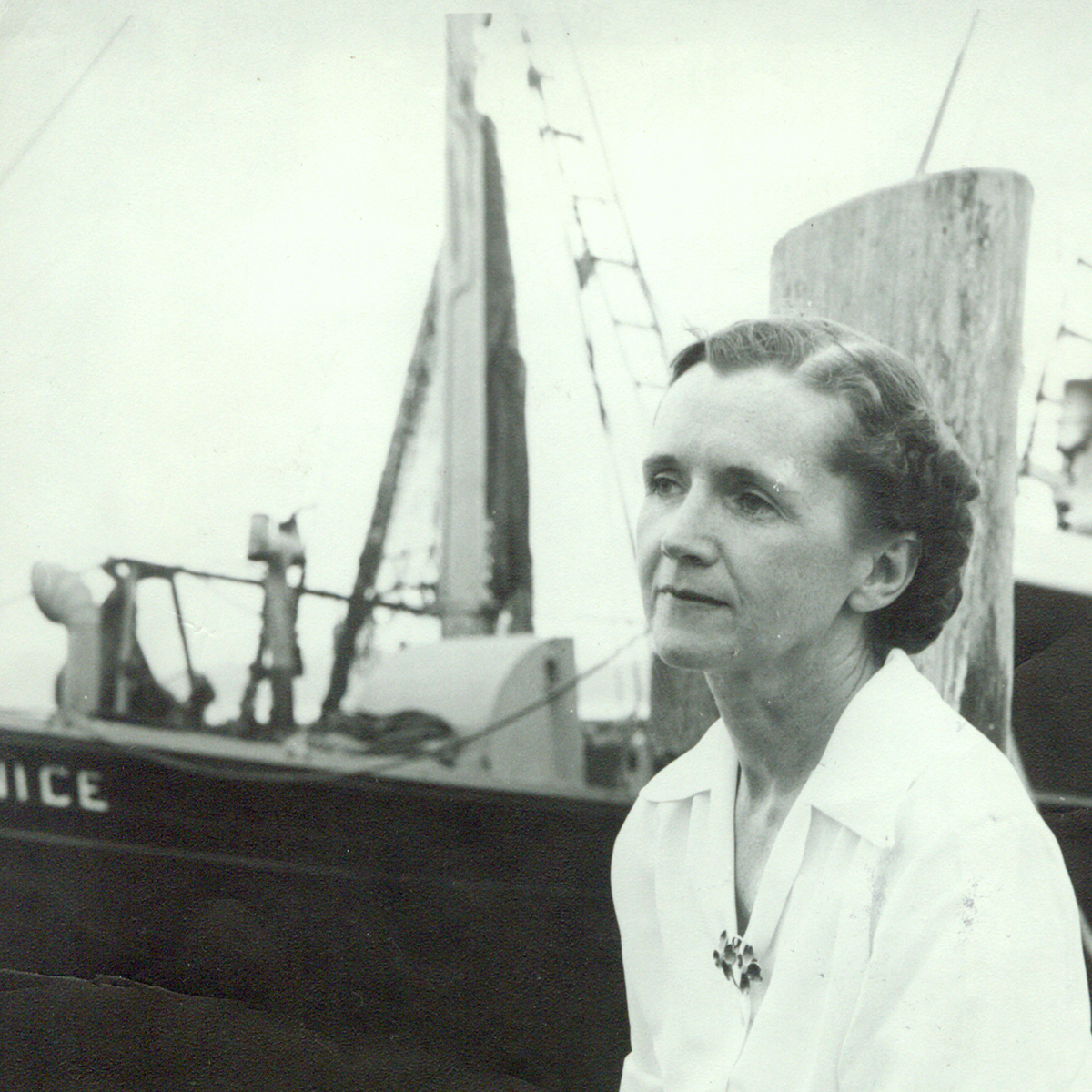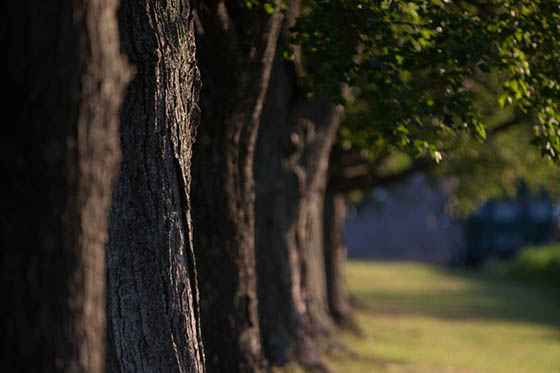
The Early Years
Rachel Carson was born in 1907 in Springdale, PA, just 25 minutes from Chatham University. As a child, she spent much of her time exploring around her family's farm and this began her interest in the natural world around her. She was an avid reader as well as an adventurer, and she began writing stories at age eight and had her first story published at age ten. She graduated from her high school in New Kensington, PA at the top of her class in 1925 and then went on to attend Pennsylvania College for Women (Chatham University) in the fall of 1925.

